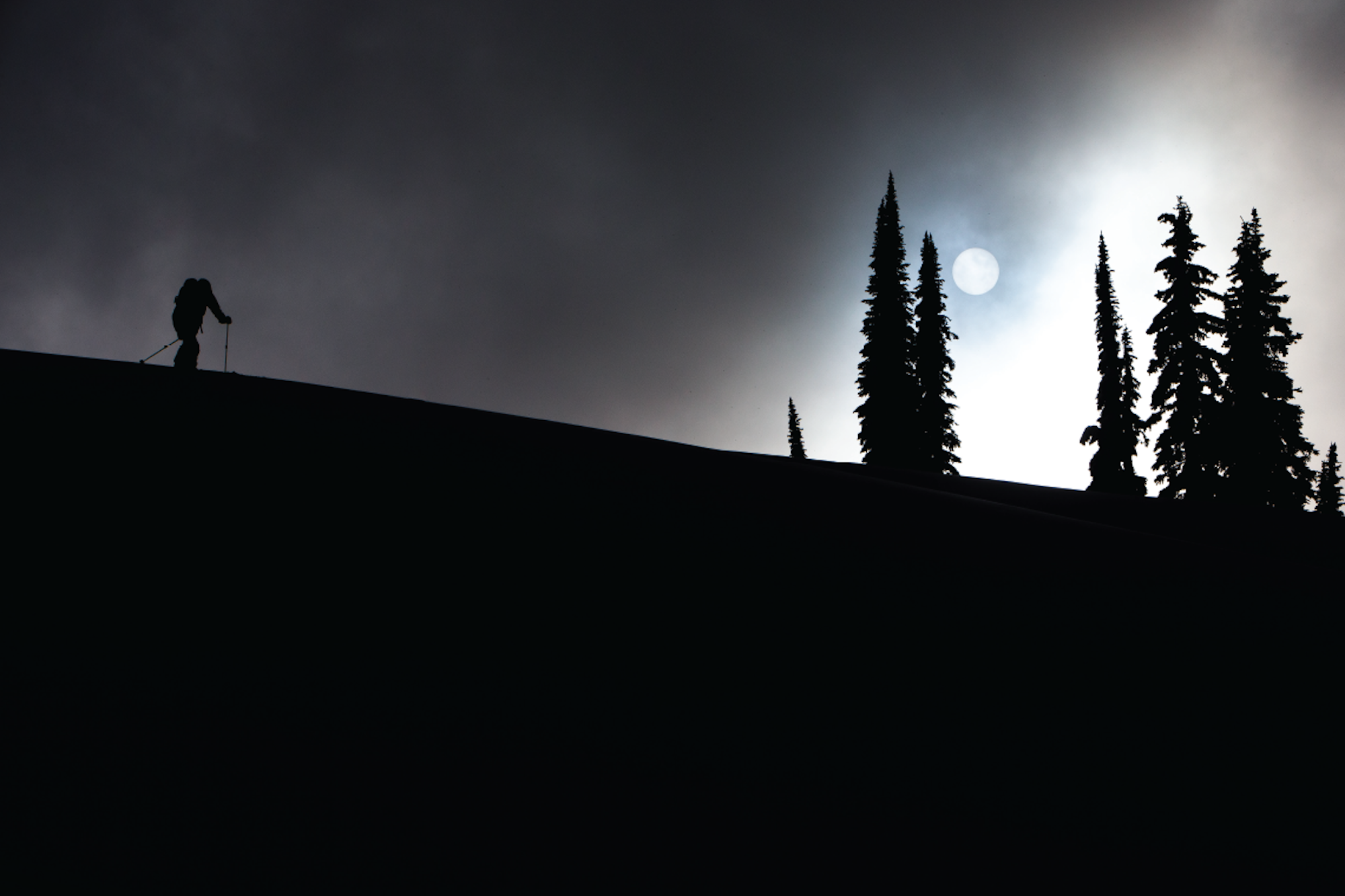



Non-skiers often ask why skiers will drive seven hours to a mountain–the distance from my Orange County home to Mammoth Mountain–after work on Friday, then back on Sunday night; why we sleep in our cars if accommodations are not available, eat sack lunches, and spend all our disposable income just to ski as many days as possible. The words “ski” and “mountain” form an expression in the phrase “ski the mountain,” which, when put into action, generates the answer to the mysterious dedication of skiers, “healthy, happy life,” or, as translated into the most celebrated idiom in skiing, “Living the dream.”
For decades, ski and fitness magazines have enthusiastically boasted important health benefits to downhill skiing. Most of these are familiar, obvious and strong incentives for getting out on the slopes. However, if we consider these benefits in conjunction with new scientific research in several related fields of inquiry, skiing becomes a miracle sport for people looking for a natural way to better not only their physical and mental health but also their “prosocial” capacities. Prosocial is a clinical term for personal sensibilities that enhance our ability to perform effectively in society through communication, sharing and collaboration. Characterized by generosity, humility and gratitude, prosocial behavior positively contributes to society, enriches relationships and encourages happiness. Altogether, from the individual to society, benefits from skiing extend to all aspects of “living” so that the “dream” becomes our everyday reality.
Well-known benefits of skiing include improved cardiovascular fitness, strength, agility and coordination. Skiers also profit from stress reduction and better sleep. Skiing is aerobic and demanding on the entire body, especially the largest muscles: the glutes, quadriceps and hamstrings. When skiing above 7000 feet, considered high altitude, the low-oxygen air makes the lungs and heart work extra hard as the muscles draw the large amounts of blood necessary to keep them performing. Depending on intensity, even at low altitudes, we burn between 350 and 550 calories per hour while skiing. The dynamic and high-impact nature of skiing strengthens not just the muscles that keep us balanced in an almost continuous squatting position but also the tendons and ligaments that connect the muscles to our joints so that we improve our overall stability and flexibility. As we navigate different conditions and terrain, adjusting our speed and style, we develop our proprioceptive abilities through neural communication between our brain and musculoskeletal system. Proprioception is responsible for our body’s awareness of itself in space, whether moving or not. It connects all of our senses and enables us to control our limbs quickly and without looking at them, as when skiing.
After a day on the slopes, the countless dopamine releases we experienced culminate in a massive surge of the hormone melatonin, which regulates the sleep-wake cycle. Melatonin is known to have medicinal qualities beyond facilitating deep or REM sleep required for proper brain, metabolic and immune function. It reduces cognitive deterioration in people suffering from Alzheimer’s and Parkinson’s diseases, helps to lower high blood pressure and increases levels of blood platelets in people combating cancer and undergoing chemotherapy. At the very least, dopamine-fueled melatonin production from skiing almost guarantees a great night’s rest.
The brain’s production of dopamine, one of three monoamine neurotransmitters (the others being norepinephrine and serotonin), is a topic common to research on dangerous sports. Scientists typically associate dopamine with pleasure and thus reward-motivation on the one hand, and learning and memory on the other. Both kinds of experiences coincide with dopamine release in response to pleasurable activities and new situations, such as fast-uptake of metabolism- or mood-altering chemicals into the body and exposure to surprising information or occurrences. The less time we have to process unfamiliar or changing circumstances, the faster and more abundantly we produce dopamine. Research suggests that because dopamine activates memory, we produce it quickly as a reaction to foreignness and complexity so that we are alert in the present and better prepared for similar situations in the future. This learning and awareness enables us to rapidly discriminate between beneficial and harmful situations, and, therefore, minimize suffering and maximize pleasure.
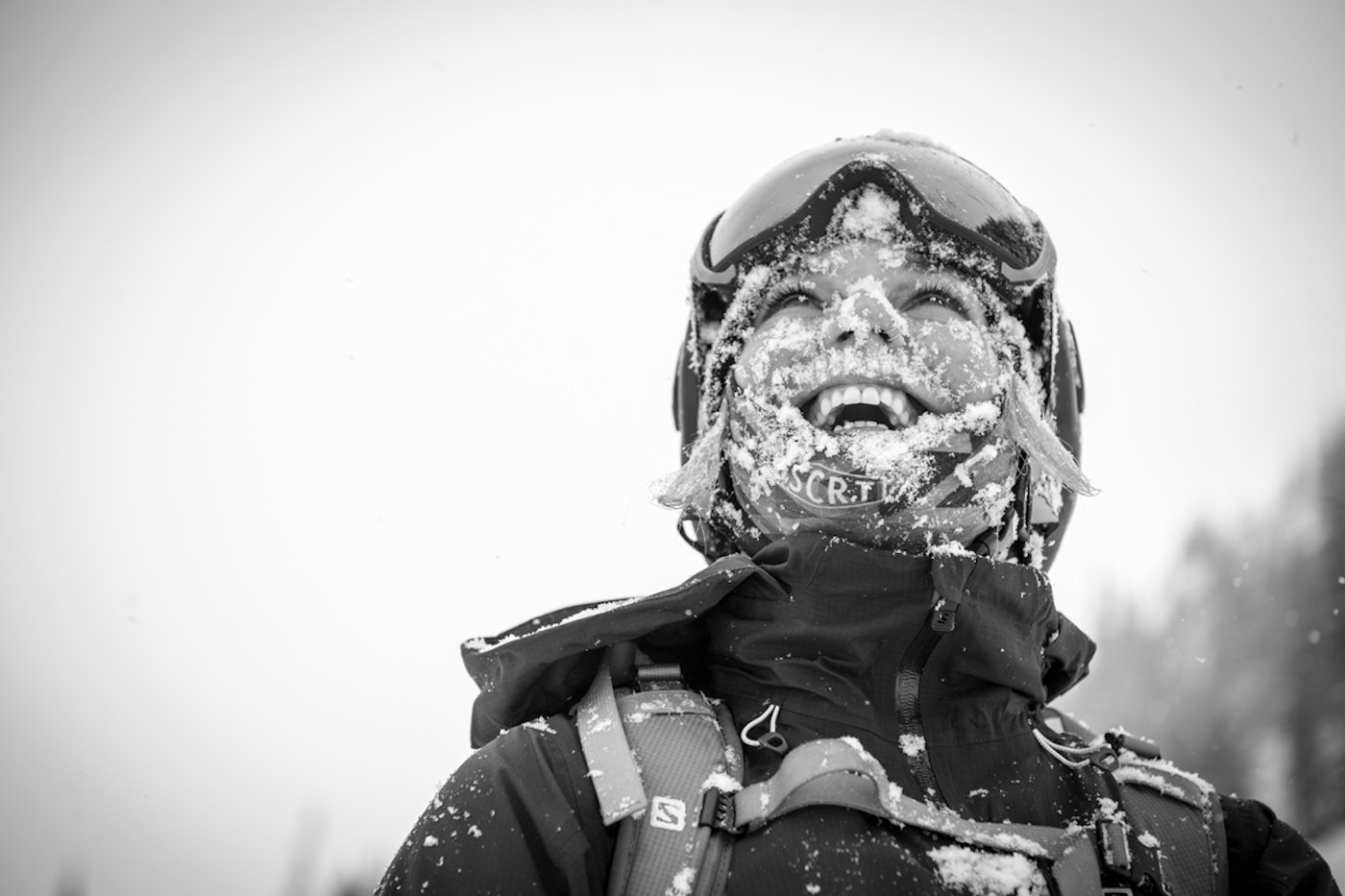
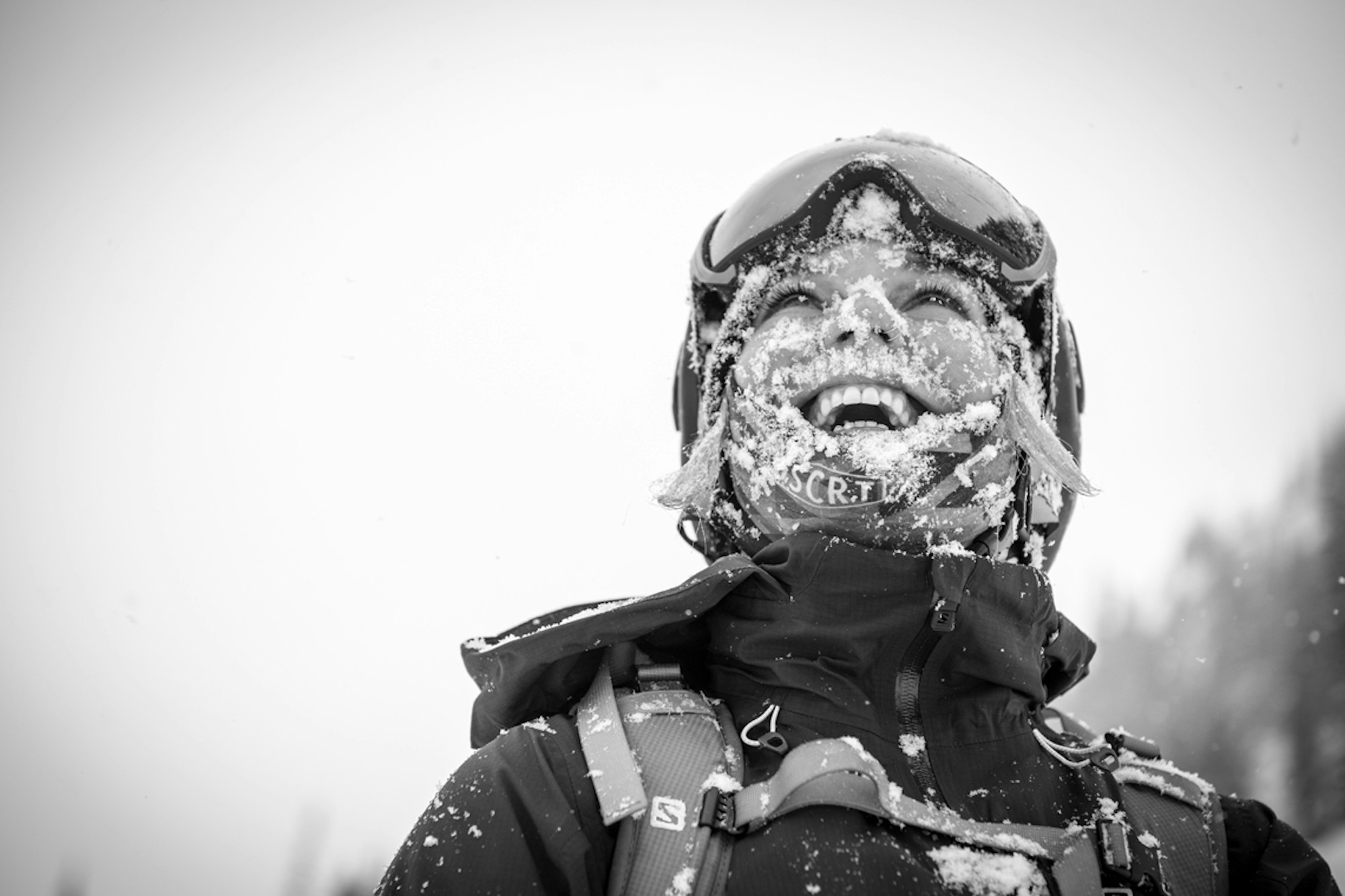
Consider a skier having to adjust immediately to variable terrain at high speeds, and then extend this ability to the more mundane circumstances of everyday life. The skier has developed the brain-processing power to adapt swiftly to varying and strange environments. Once developed, the processing structure remains the same across experiences, although occurring under different circumstances. Moreover, recent research on dopamine, such as that of Kent C. Berridge from the University of Michigan, suggests that its release generates “incentive salience,” in other words, wanting and anticipation that enable and affect more in-depth forethought, thereby better preparing us for what will or might happen. This may explain why skiers regularly, if not obsessively, check the weather conditions on their phone. Each time they do, dopamine is released, and, along with it, associations with skiing, none perhaps as important as visualizing themselves skiing. The skiers’ moods are boosted, and they are better equipped, psychologically, to face the challenges of actually skiing.
Keeping in mind the heightened awareness, aptitude and adaptability to which skiing contributes, I want to turn to recent neuroscientific research related, though not yet directly applied, to skiing. I am referring to research on exposure to nature, beauty and awe-inspiring stimuli. Marc Berman of the University of Chicago shows that spending time—50 minutes daily—in nature settings, as opposed to urban, improves memory and attention, and is beneficial for people suffering from major depressive disorder (MDD). Analyzing a number of studies, Gregory Bratman of Stanford University finds that exposure to nature—areas containing elements of living systems—and, to a greater extent, immersive nature experiences, i.e. environments independent of man-made objects, improves cognition, mental health and well-being. Nature experiences are restorative. They reduce stress and increase attention, as seen in subjects’ lowered blood pressure and cortisol levels and increased capacity to focus over long periods of time.
Jia Wei Zhang of UC Berkeley “tested the hypothesis that exposure to more beautiful nature, relative to less beautiful nature, increases prosocial behavior,” with beauty defined by both objective traits, such as symmetry and lighter colors, and subjective traits. He discovered that subjects exposed to “more beautiful nature” presented “prosocial tendencies, as measured by agreeableness, perspective taking and empathy” and were “more generous and trusting.”
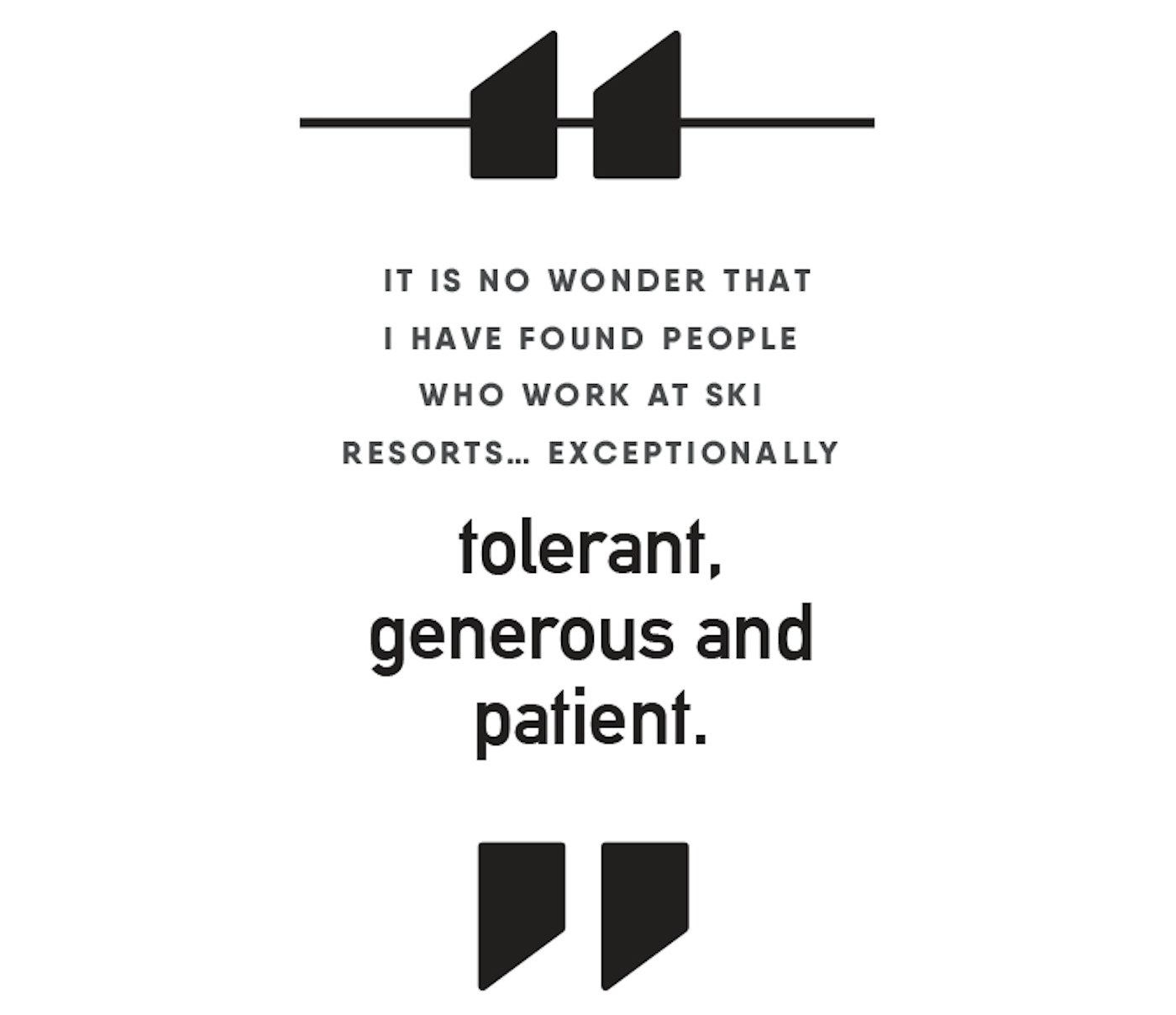
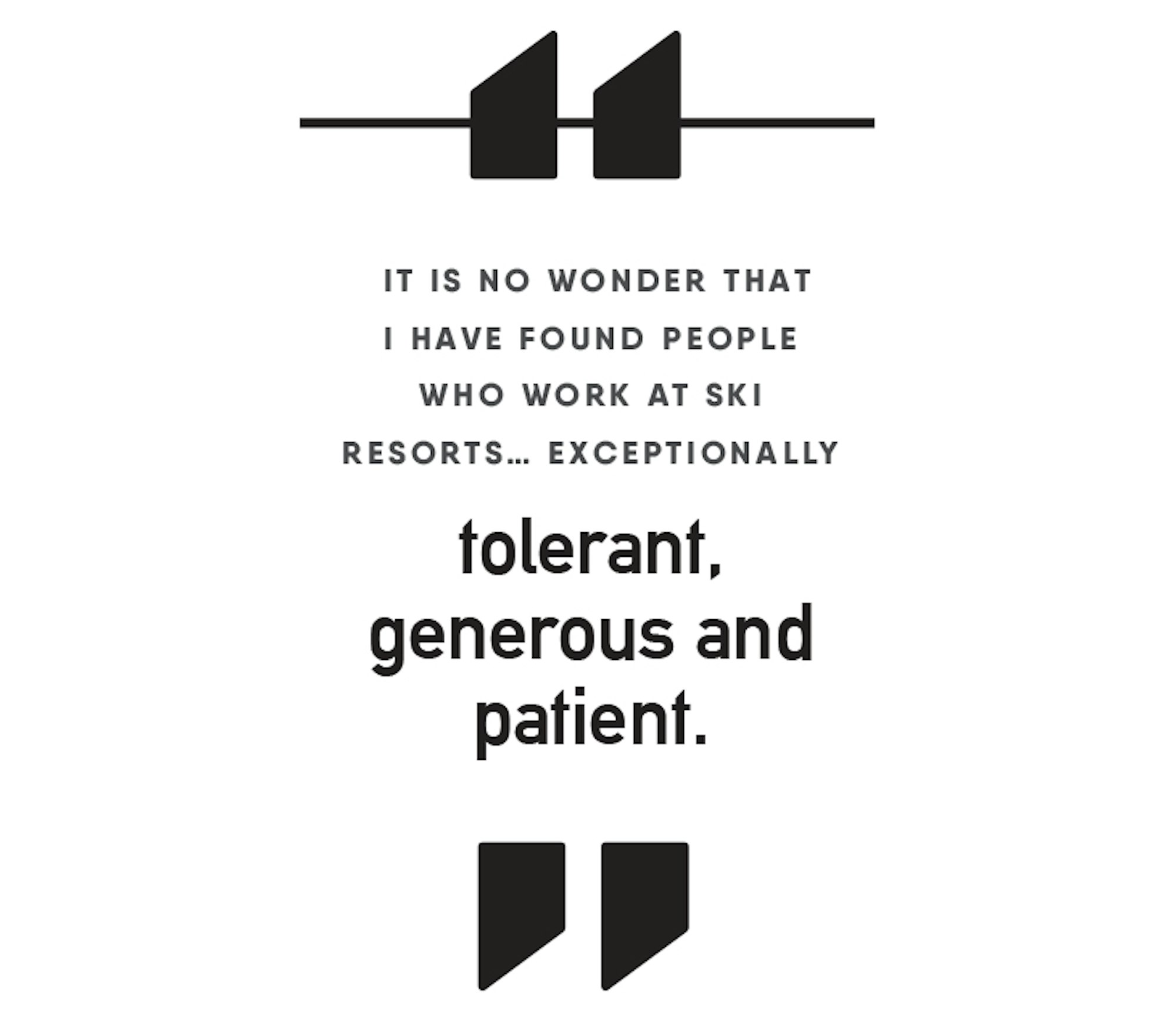
Perhaps most directly applicable to the extraordinary nature experiences of skiers who are exposed to the sublime, awe-inspiring natural wonders of snow-covered mountains, Paul Piff of UC Irvine “tested the hypothesis that awe can result in a diminishing of the individual self and its concerns, and increase prosocial behavior.” According to Piff, awe involves encounters with natural phenomena that are immense in size, scope or complexity; transcend established frames of reference; and produce positive feelings of wonder and amazement. After reviewing twenty years of related research that supports his hypothesis, Piff conducted five studies of his own.
He discovered that “individuals higher in dispositional tendencies to experience awe exhibited more generosity,” “endorse more ethical decisions,” are “more generous to strangers,” “report more prosocial values,” display “increased helpfulness, greater ethicality and decreased entitlement.” It is no wonder that I have found people who work at ski resorts – who most likely ski more awe-inspiring days than everyone else – exceptionally tolerant, generous and patient. In fact, according to Melanie Rudd of Stanford University, people who experience awe, relative to other emotions, feel they have “more time available,” are “less impatient,” “more willing to volunteer their time to help other people,” “more strongly prefer experiences overmaterialproducts,”andhave“greaterlifesatisfaction.”
Needless to say, the prospect of awe-inspiring experiences is clearly one of the most powerful driving forces behind skiing for me and most skiers I know. I could not count the number of times I have experienced awe while skiing. With over 30 feet of snow adorning Mammoth last season, awe was panoramic and continuous. Yet I cannot say for certain that I am a better person because I ski. I hope I am, but this is not for me to determine. I can say for certain, however, that I have happily experienced most of the benefits to skiing shared here, especially greater life satisfaction.

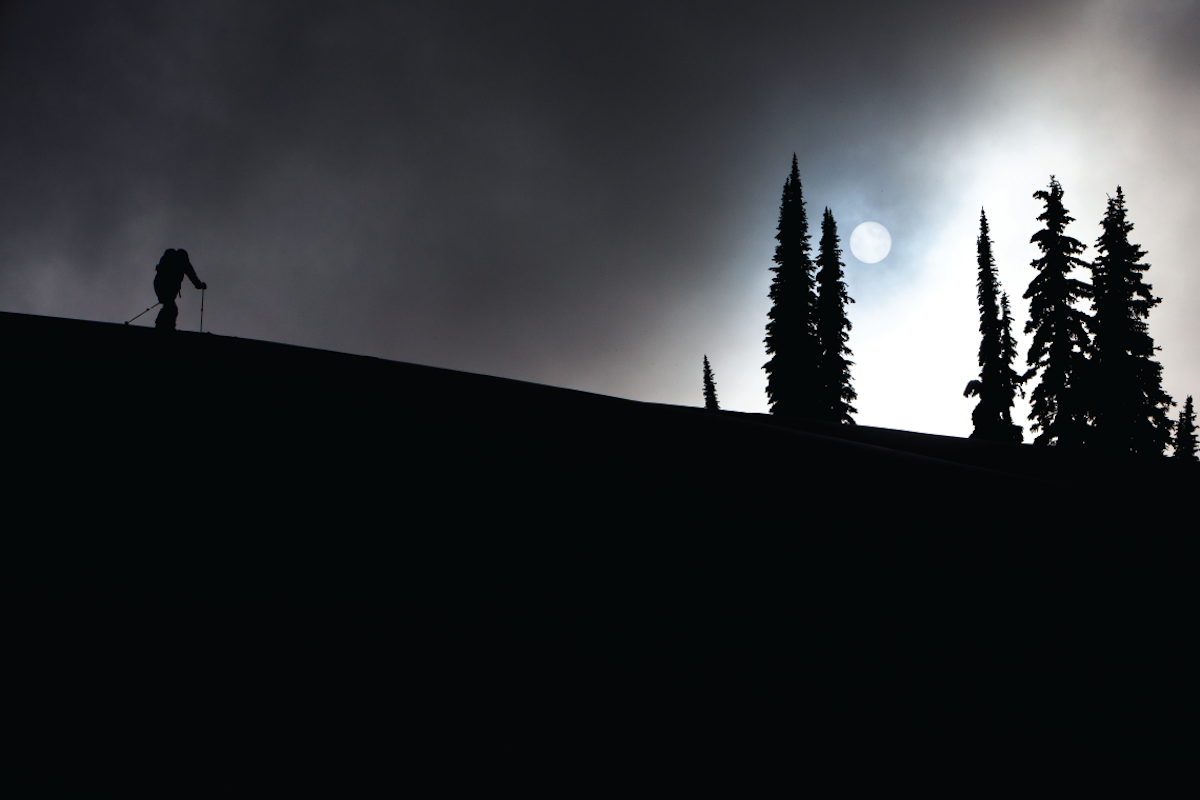

![[GIVEAWAY] Win a Head-to-Toe Ski Setup from IFSA](https://www.datocms-assets.com/163516/1765920344-ifsa.jpg?w=200&h=200&fit=crop)


![[GIVEAWAY] Win a Legendary Ski Trip with Icelantic's Road to the Rocks](https://www.datocms-assets.com/163516/1765233064-r2r26_freeskier_leaderboard1.jpg?auto=format&w=400&h=300&fit=crop&crop=faces,entropy)




![[GIVEAWAY] Win a Head-to-Toe Ski Setup from IFSA](https://www.datocms-assets.com/163516/1765920344-ifsa.jpg?auto=format&w=400&h=300&fit=crop&crop=faces,entropy)


